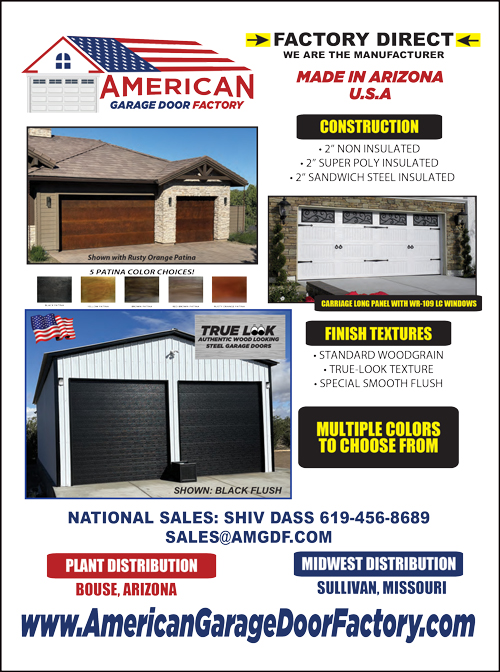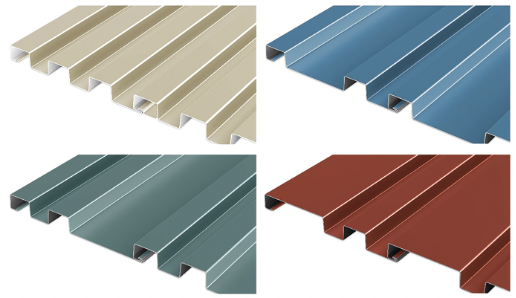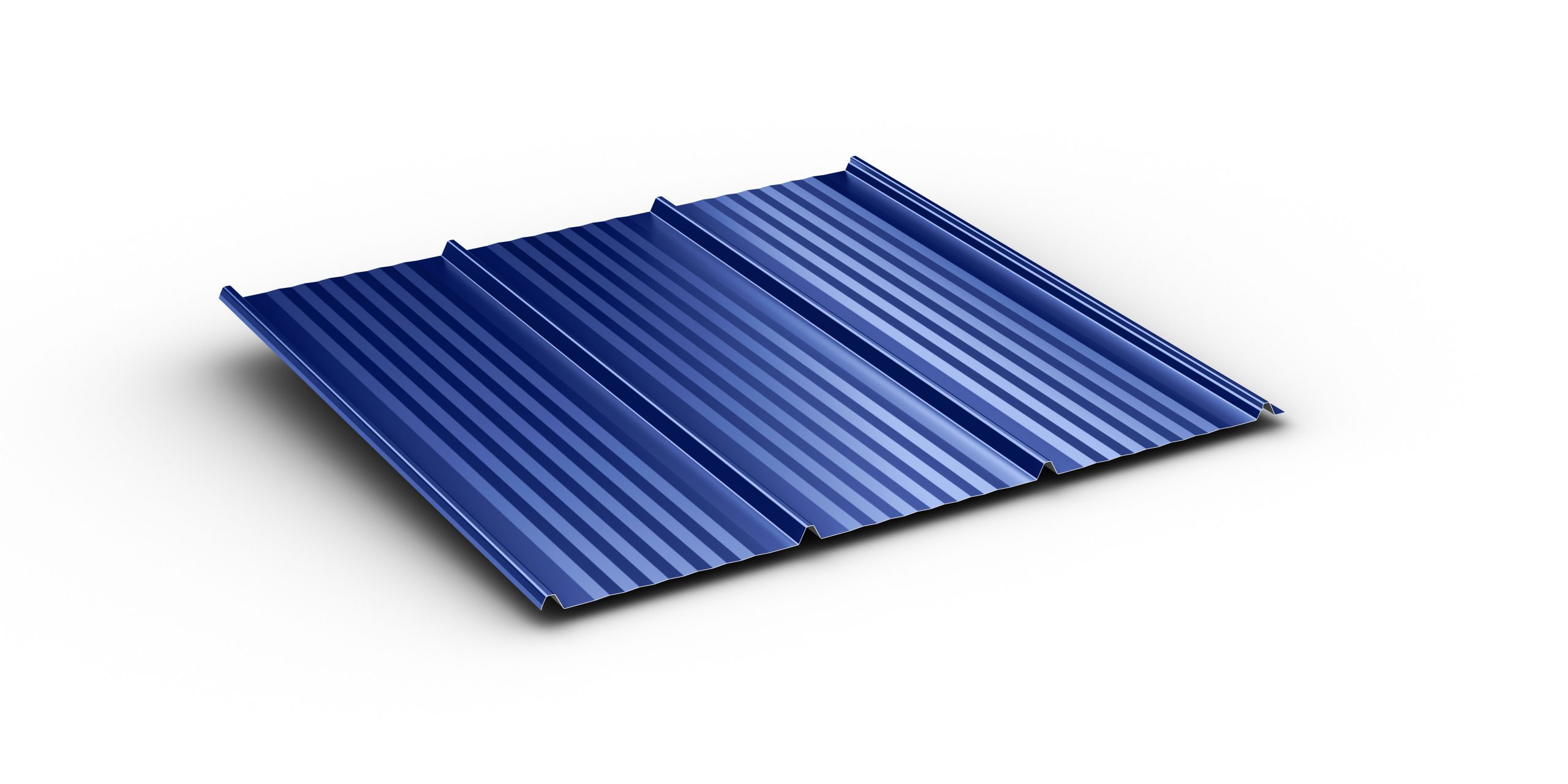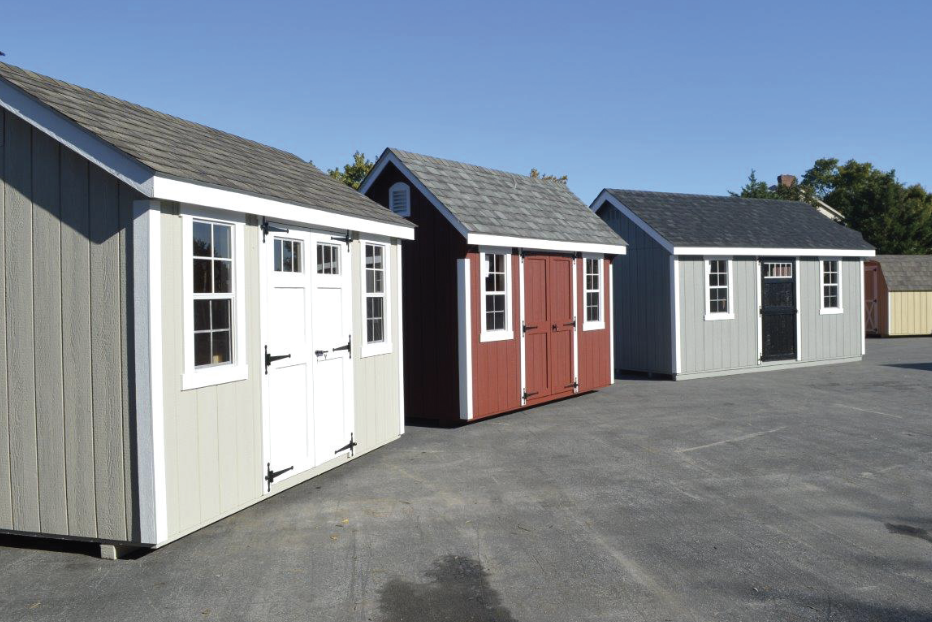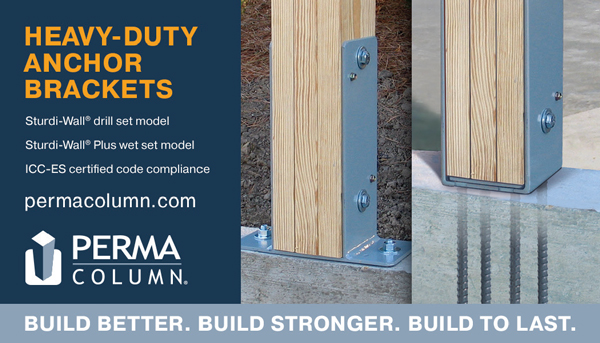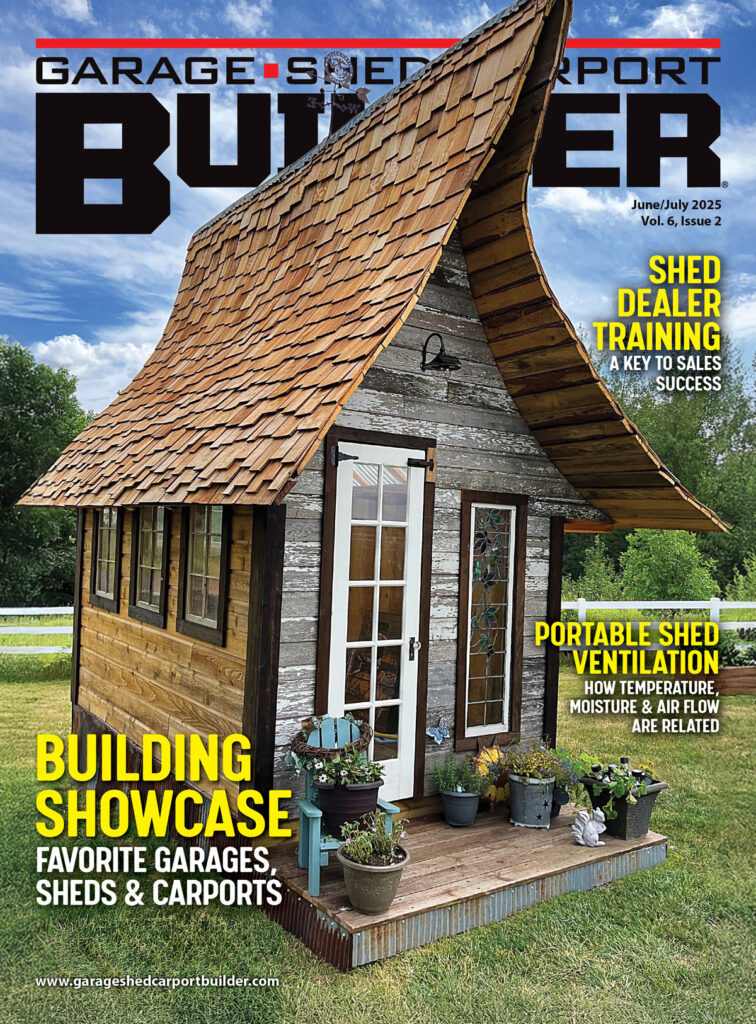Back to Basics
by GSCB Staff
Builders work with cladding all the time; most every building features some type of cladding. When you work with something that frequently, you tend to work out the kinks and most builders are happy with the cladding they use…most of the time, at least. However, in trying to solve a challenge, builders can sometimes get caught up in a routine that does not solve the root problem.
Nails in Composite Cladding
One builder says that in their operation, they often use composite cladding on their buildings. One worker goes down the line driving nails, the next comes behind with a caulk-style sealant, then a third trails behind the two doing quality control. This takes a lot of time he stated, time and labor that could be spent elsewhere.
Manufacturers say that applying and inspecting sealant should not be part of the equation. Either the builder should change the kind of nails he is using or he is trying to make the nail match the siding. In regard to the latter problem, they might be surprised to find how many colors some nails come in.
When choosing nails, remember that nails exposed to the elements will rust; however, galvanized nails slow the corrosion process with a zinc layer. Reliably durable nails are hot-dipped galvanized nails, stainless steel, or aluminum nails. GSCB
On Galvanized Nails
by Maze Nails
All galvanized nails are coated with zinc —but HOW the coating is applied makes all the difference in the performance of the nail:
Hot-Dipped Galvanized (HDG)
The most reliable and preferred way to coat steel nails with zinc is “hot-dipping.” Those nails are immersed in a bath of molten zinc like french fries in a pot of oil. The intense heat of the zinc bath causes the zinc and steel to bind together and forms multiple alloy layers that act as a base for a heavy zinc coating. This provides the nails with long term protection against rust. Hot dipping meets the all-important ASTM A153 specification.
Double Hot-Dipped nails are dipped twice in molten zinc which fills any pinholes and adds thickness to the outer layer of zinc. Dependable corrosion- resistant steel nails rely on two critical zinc factors: thickness and uniformity. This method of Double Hot-Dip galvanizing is used exclusively by Maze Nails. The Double Hot-Dipped process is marketed under our tradename STORMGUARD®.
Electroplating/electro-galvanizing (E.G.)
Steel nails are electroplated by placing them in an electrolytic solution. The electric current in the bath deposits a very thin layer of zinc onto the nail surface. Although they look beautiful and shiny when they’re brand new, the thin coating oxidizes away and the nails begin to prematurely rust. Electro-galvanized nails are not intended for exterior applications. Many building product manufacturers warn against using E.G. nails to apply their siding, trim and decking materials.
Hot-Galvanizing (HG) Hot-galvanized “HG” nails are not hot-dipped galvanized and do not offer the same corrosion resistance or performance as hot-dipped nails. Hot-galvanized nails are coated by sprinkling zinc chips onto cold steel nails in a barrel, then rotating the barrel in a furnace to melt and distribute the zinc. The melting zinc washes off on the nails – somewhat like buttering popcorn. Some of the nails get excess zinc and some nails get very little zinc. Because these “HG” nails are labelled so similarly to hot-dipped nails “HDG”, many times builders are sold hot-galvanized nails instead of genuine hot-dipped galvanized nails. The downside to this is that there is a significant difference in the coating on the nails. Rust can sometimes be seen on these “HG” nails in their shipping carton…long before the nails are even used on a building project. GSCB



